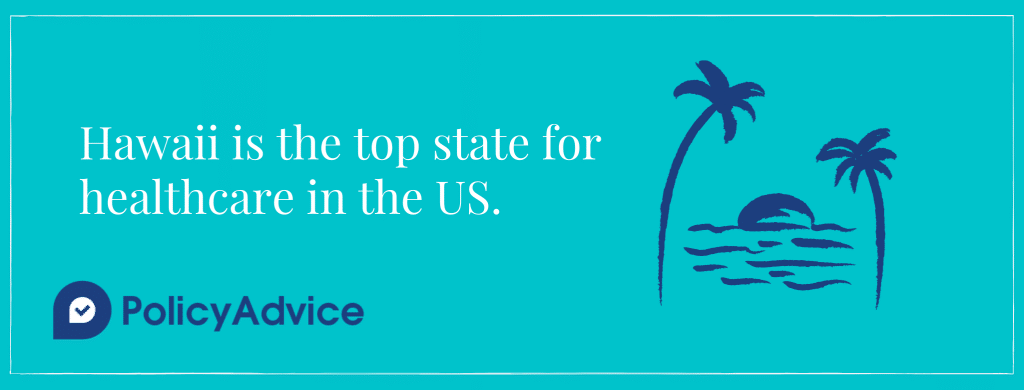Healthcare takes more than 10% of the GDP of most developed countries. In fact, for the US this figure will be close to 18% by the end of 2019. This isn’t surprising—the healthcare sector is the US’s largest employer. Incidentally, the US spends considerably more than the world’s average on healthcare.
As we can see, recent healthcare statistics show that it’s one of the largest and fastest-growing industries in the world.
So which other countries spend a fortune on health? And just exactly how much is the global health industry worth? What does its future look like?
Read on to find out the answers to these questions and much more.
Must-Know Healthcare Statistics in 2021
- The global health industry was worth $8.45 trillion in 2018.
- Global healthcare spending could reach over $10 trillion by 2023.
- The US has the greatest healthcare spending, sitting at $10,224 per capita.
- The US spends twice what other countries do on healthcare.
- There are 784,626 companies in the US healthcare sector.
- McKesson is the biggest US healthcare company with an annual revenue of $208.3 billion.
- The internet of things (IoT) can lower the costs of operational and clinical inefficiencies by $100 billion per year.
- 64% of physicians believe the IoT can help reduce the burden on nurses and doctors.
- 28% of China’s population uses connected health devices, the highest in the world.
Health Insurance Industry (Infographic)





